The ultimate test of minimalist packing comes not from reducing clothing or electronics but from limiting footwear to a single, versatile pair capable of handling everything from mountain trails to metropolitan dining. Most travelers unnecessarily fill valuable bag space with multiple shoes for specialized purposes when a carefully selected single pair could serve nearly all situations.
This approach requires both strategic pre-trip selection and maintenance techniques developed by long-term travelers. Here is a list of 15 expert strategies for successfully traveling through multiple countries and activities with just one trusty pair on your feet.
Choose Trail Runners Over Hiking Boots
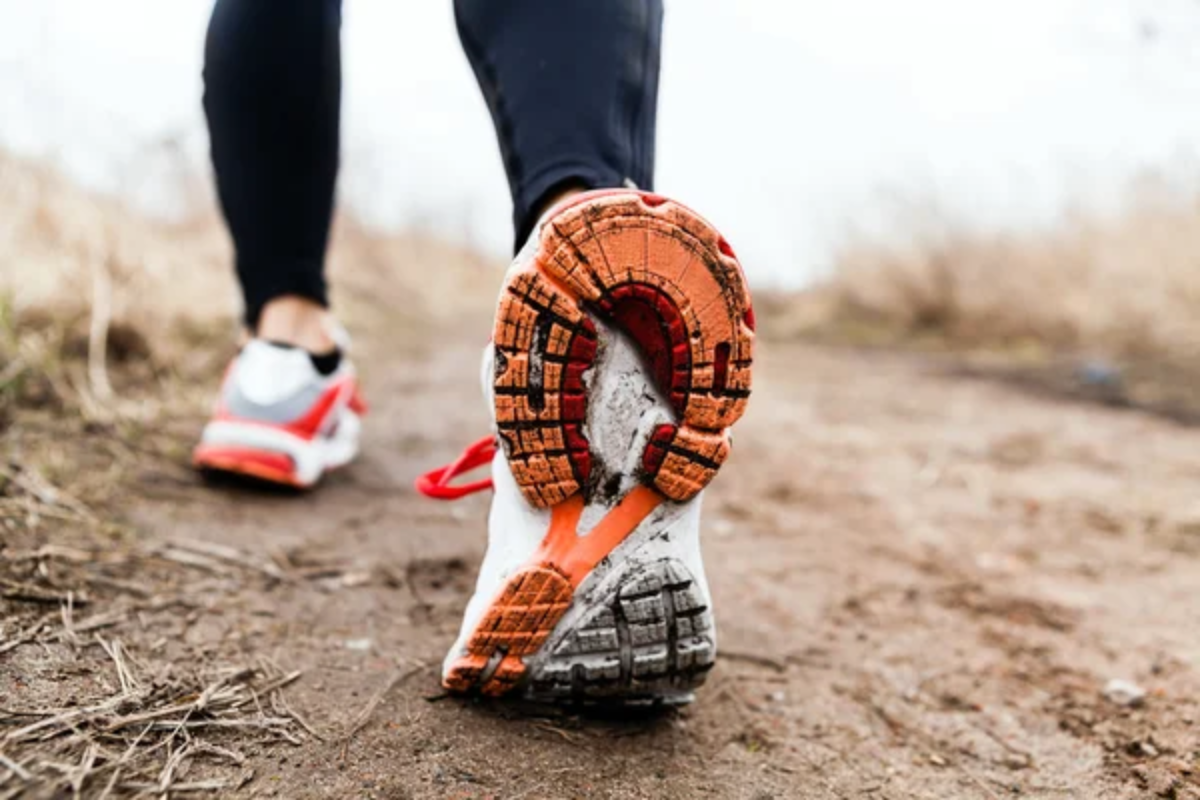
Modern trail running shoes provide nearly identical traction and support as traditional hiking boots but at half the weight and with significantly faster drying times. Their flexible construction allows comfortable urban walking while remaining capable on challenging backcountry terrain.
Models from brands like Salomon and Merrell incorporate waterproof membranes without the bulk associated with traditional hiking footwear. The athletic styling of these shoes looks less out of place in casual urban settings than chunky boots while maintaining functionality when trails appear unexpectedly.
Prioritize Dark, Neutral Colors

Selecting footwear in black, dark gray, or navy extends versatility across social situations while hiding inevitable travel stains. These neutral tones transition seamlessly from daytime sightseeing to evening restaurants without drawing attention.
Deep colors disguise scuffs and dirt that would be immediately visible on lighter options—a crucial consideration when maintenance opportunities might be limited. Many experienced travelers specifically choose shoes with black midsoles rather than white, as the latter show dirt within days while the former maintain their appearance for months.
Like Travel Pug’s content? Follow us on MSN.
Apply Protective Treatment Before Departure

Pre-emptive waterproofing and protective sprays significantly extend the functional lifespan of travel footwear. Heavy-duty silicone treatments create water resistance that persists through weeks of daily wear while preventing stain absorption from unexpected encounters with street puddles or spilled drinks.
The initial application should be done several days before departure to allow complete drying and curing of protective compounds. Multiple thin coats penetrate more effectively than a single heavy application—a preparation technique borrowed from professional guides who rely on single-pair strategies.
Use Cedar Shoe Trees While Sleeping
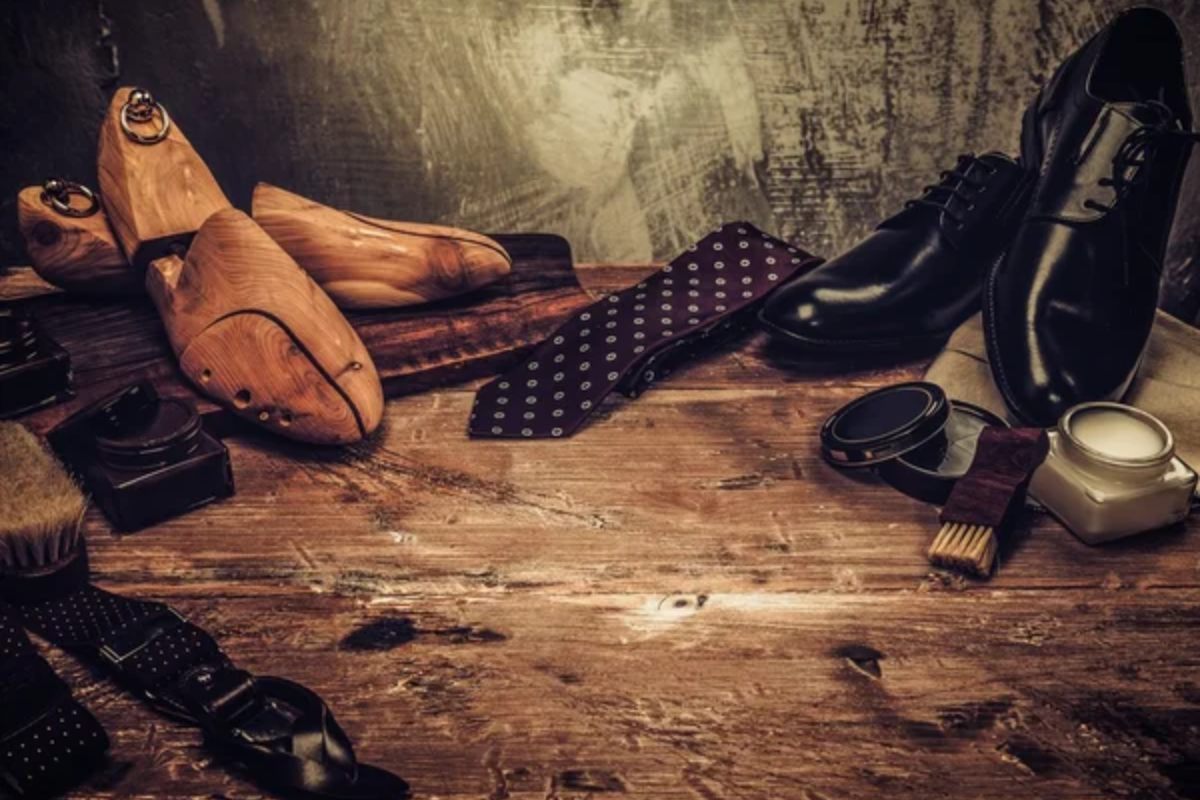
Packable cedar shoe trees occupy minimal space while delivering remarkable overnight restoration to tired footwear. These split-toe designs compress for packing yet expand to absorb moisture and maintain shape during sleep hours.
The cedar naturally eliminates odor-causing bacteria while helping leather or synthetic uppers recover from dimensional changes occurring during active days. Long-term travelers report significantly extended shoe lifespan when implementing this nightly ritual despite the small space commitment in their packs.
Perform Regular Dry Brushing Maintenance
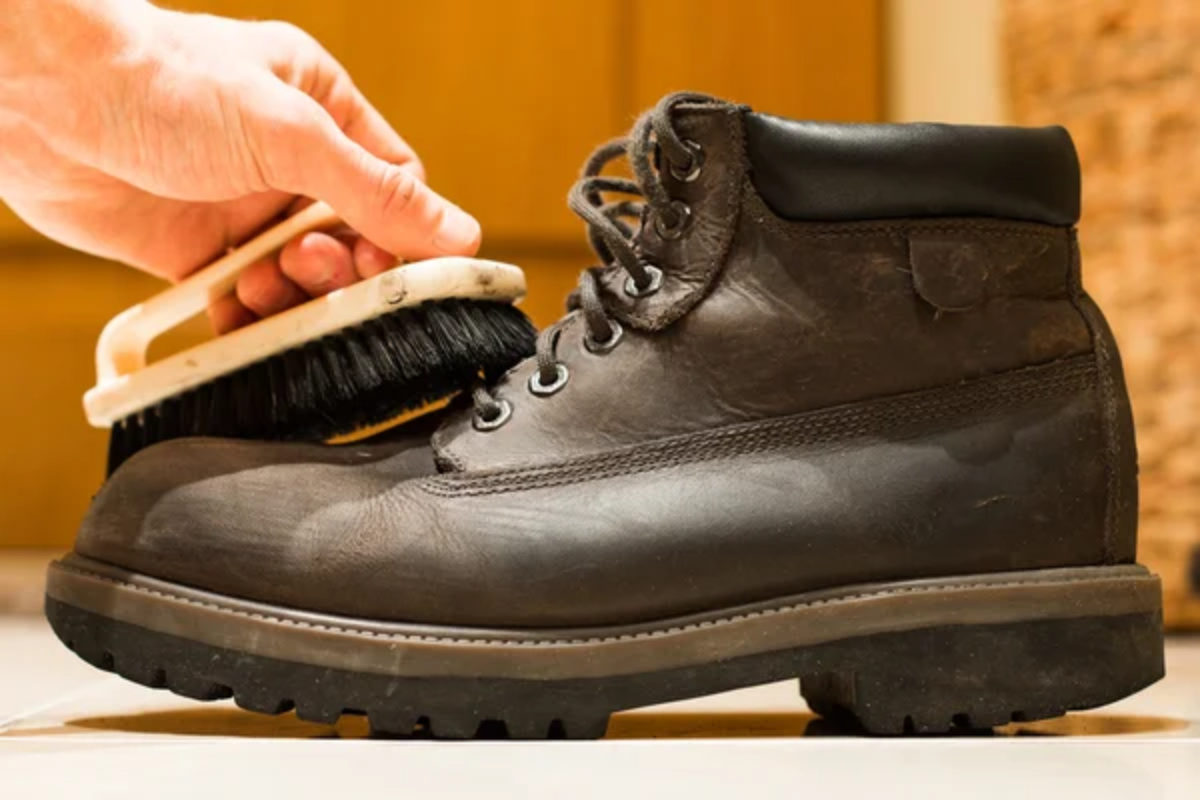
A small, stiff-bristled brush weighing under two ounces becomes the primary maintenance tool for single-pair travelers. Daily brushing removes surface dirt before it penetrates deeper materials and creates permanent stains or abrasion points.
This simple practice becomes particularly important in dusty environments or after unexpected weather encounters. The ritual takes less than a minute yet dramatically improves both appearance and functional performance by keeping breathable membranes clear of clogging particles.
Like Travel Pug’s content? Follow us on MSN.
Alternate Interior Drying Methods
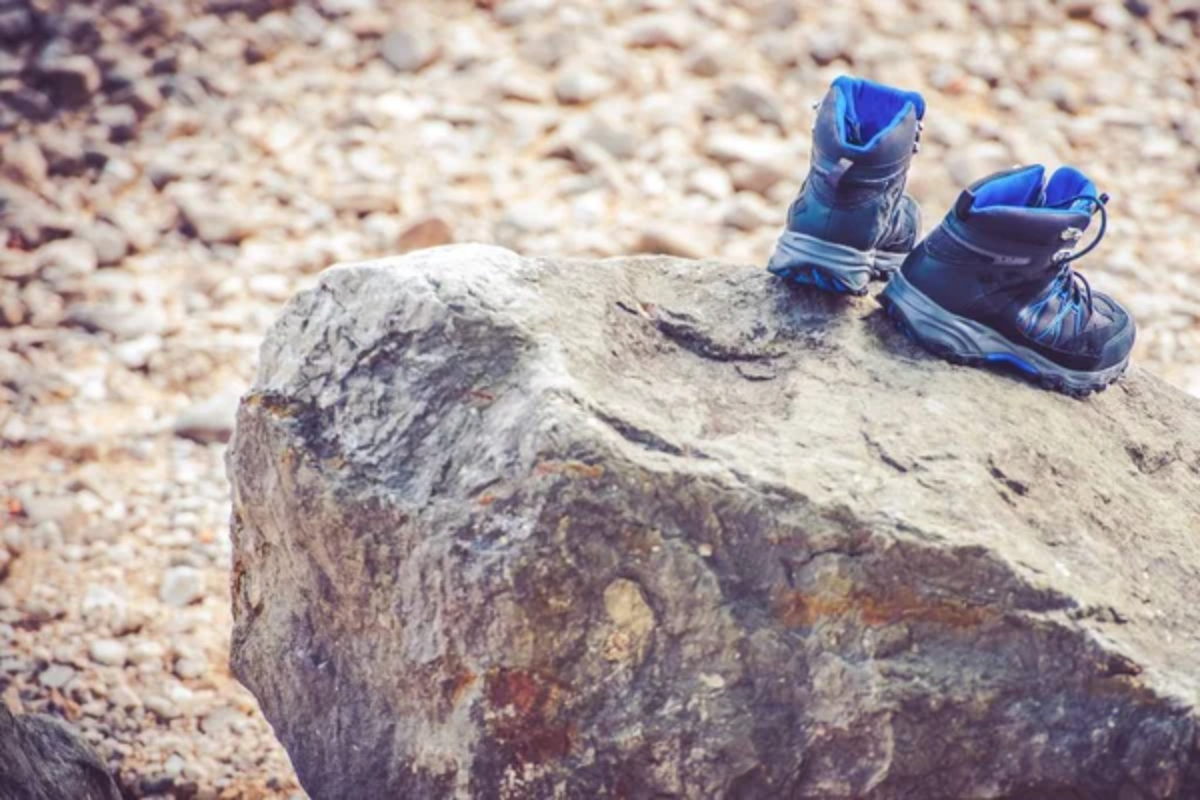
Experienced minimalists travel with newspaper sheets flat-packed in their luggage specifically for shoe-drying emergencies. When inserted into wet footwear, newspaper draws moisture from interior materials up to fifteen times faster than air drying alone. In newspaper-scarce regions, stuffing shoes with dry synthetic clothing wrapped in a bandana achieves similar results.
Hotel hair dryers can carefully finish the process when faster drying becomes necessary, though cautious temperature management prevents material damage.
Create Improvised Evening Shoes

A pair of lightweight silicone heel caps transform trail shoes into acceptable dinner footwear by protecting restaurant floors from aggressive outsole treads. These small accessories weigh under an ounce yet create versatility that would otherwise require entirely separate dress shoes.
Some experienced travelers alternatively pack thin rubber sole covers that slip over entire outsoles for formal situations—still far lighter than carrying additional footwear. These adaptations allow single-pair travelers to access upscale establishments without compromising their minimalist principles.
Supplement With Packable Shower Sandals
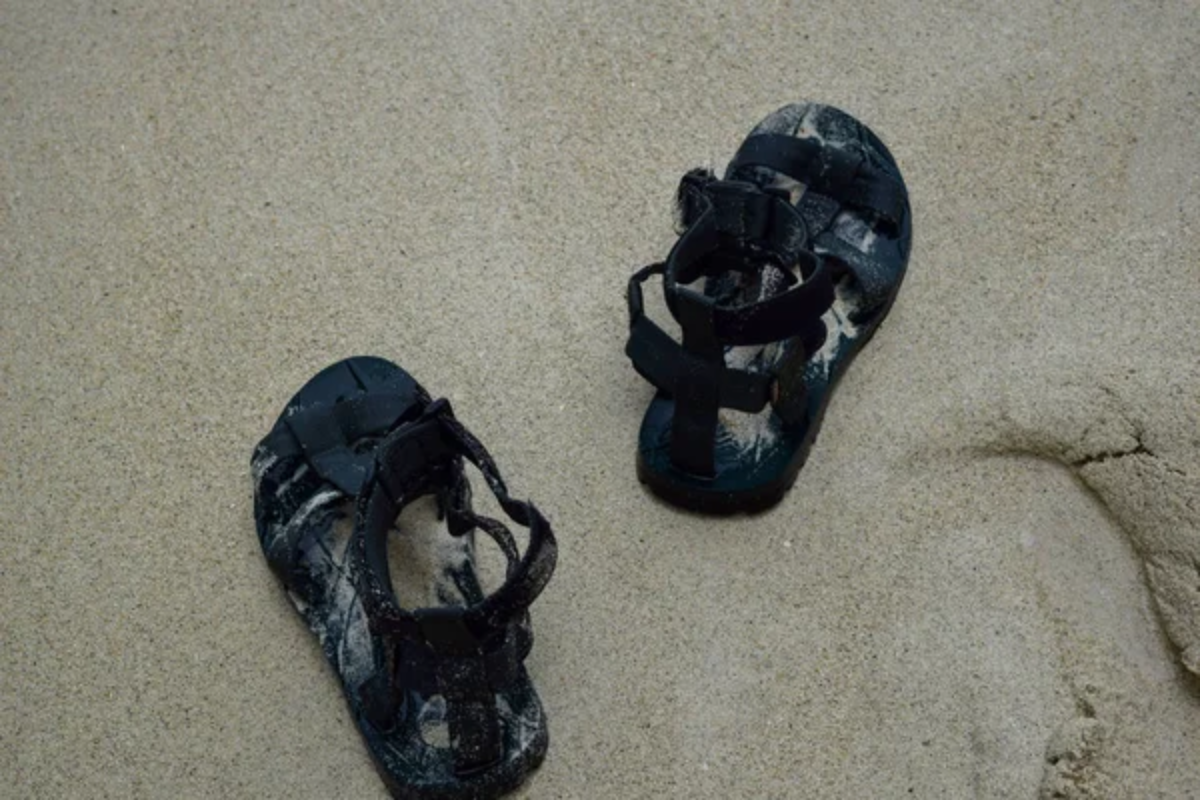
Ultra-minimalist flip-flops weighing under three ounces create valuable versatility without compromising the one-pair commitment. These emergency backups serve primarily as shower shoes in questionable accommodations but provide occasional relief during rest days.
Inflatable shower shoes packed to the size of a kiwi when not in use, representing perhaps the most extreme solution in the minimalist footwear toolkit. Their inclusion remains consistent with the single primary footwear philosophy while acknowledging practical hygiene requirements.
Like Travel Pug’s content? Follow us on MSN.
Replace Factory Insoles With Premium Versions
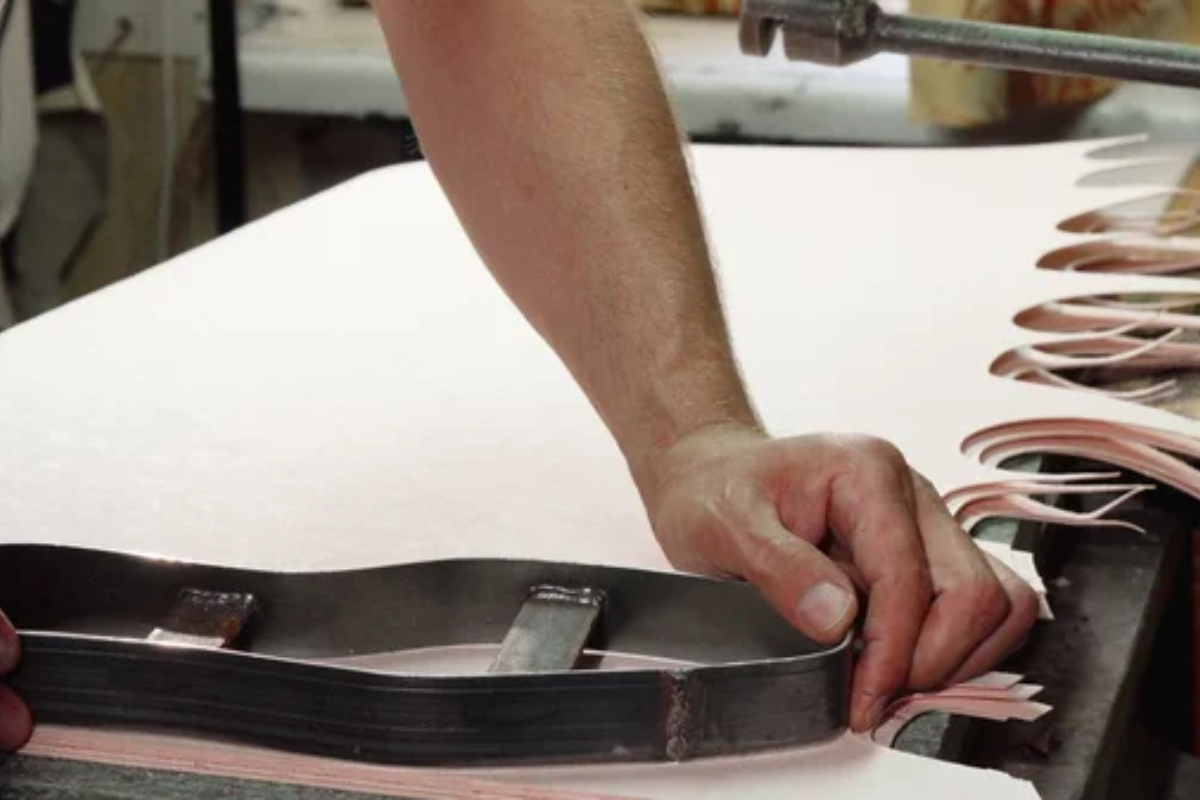
The removable insoles included with most athletic shoes represent their weakest component, typically degrading within weeks of heavy travel use. Replacing these with aftermarket options from Superfeet or similar brands dramatically extends comfort lifespan.
These upgrades provide superior arch support while incorporating antimicrobial treatments that reduce odor buildup during extended wear. The original insoles can remain packed as emergency backups should unexpected damage occur to the primary components.
Carry Spare Laces in Multiple Lengths
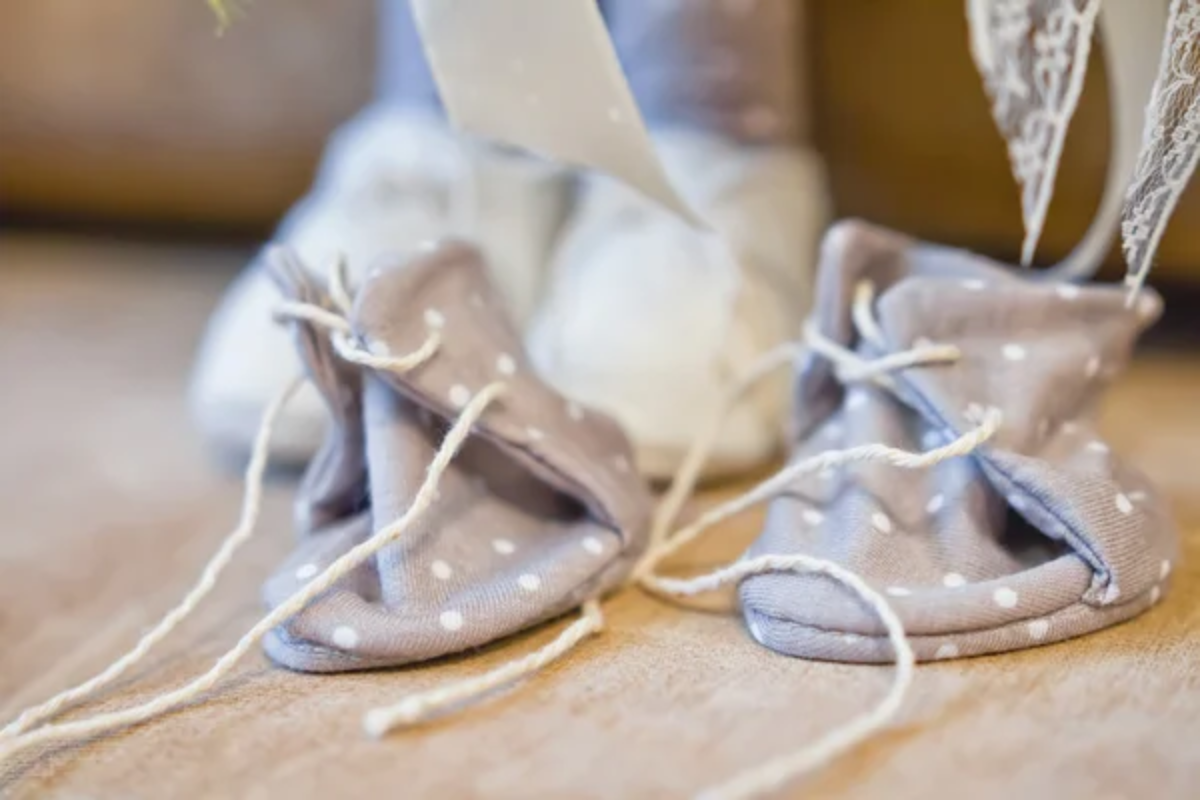
Broken shoelaces create surprisingly serious problems for single-pair travelers, potentially rendering otherwise functional footwear temporarily unusable. Experienced minimalists carry two replacement sets—one matching the original length and another longer version, allowing adapted lacing patterns should foot swelling occur from long travel days or climate changes.
These spares weigh virtually nothing yet provide substantial insurance against a failure that could otherwise derail travel plans or force unplanned footwear purchases.
Embrace Strategic Ventilation Opportunities
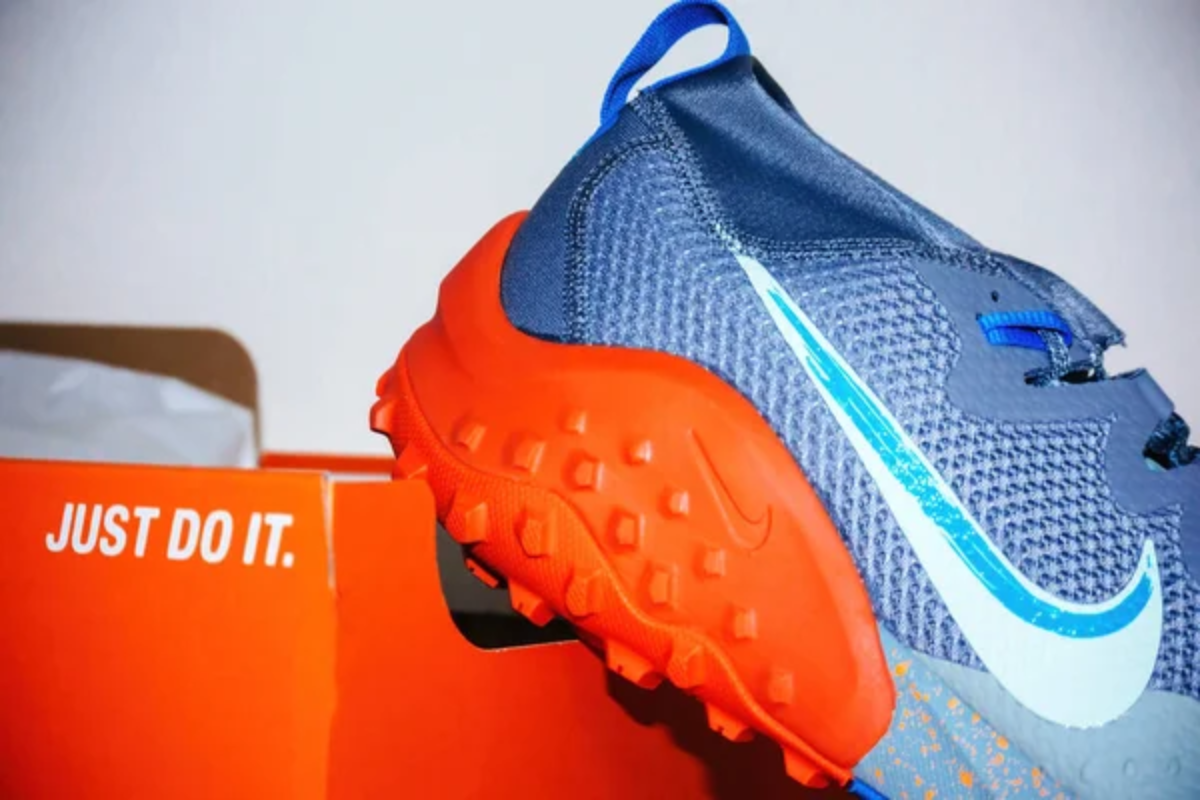
Single-pair travelers develop a heightened awareness of footwear drying opportunities throughout their day. This means removing shoes during lunch breaks to allow midday ventilation or while sitting on trains and buses.
Adapting to this rhythm means seizing every passive opportunity to remove moisture rather than allowing it to accumulate across days. Experienced practitioners travel with packable clotheslines specifically to hang footwear overnight in optimal ventilation positions not available from standard hotel fixtures.
Like Travel Pug’s content? Follow us on MSN.
Master Field Repair Techniques
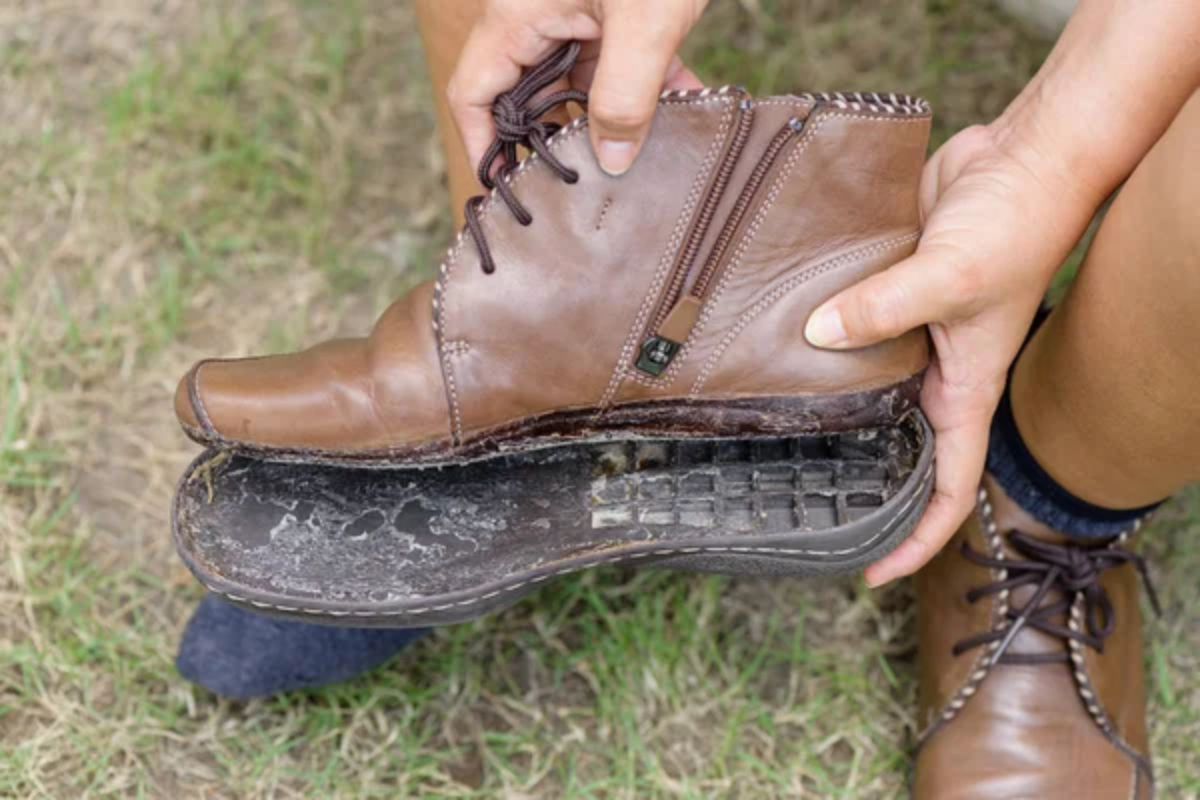
A small repair kit containing ShoeGoo adhesive, dental floss, and a sail needle prepares travelers for emergency field maintenance of footwear damage. The strongest repairs involve cleaning damaged areas thoroughly before applying thin adhesive layers reinforced with dental floss stitching when necessary.
These techniques, borrowed from through-hikers who might walk thousands of miles in a single pair, can extend functional lifespan through catastrophic damage that would otherwise require replacement. The entire repair kit weighs under two ounces yet provides remarkable insurance for single-pair dependency.
Select Models With Replaceable Components
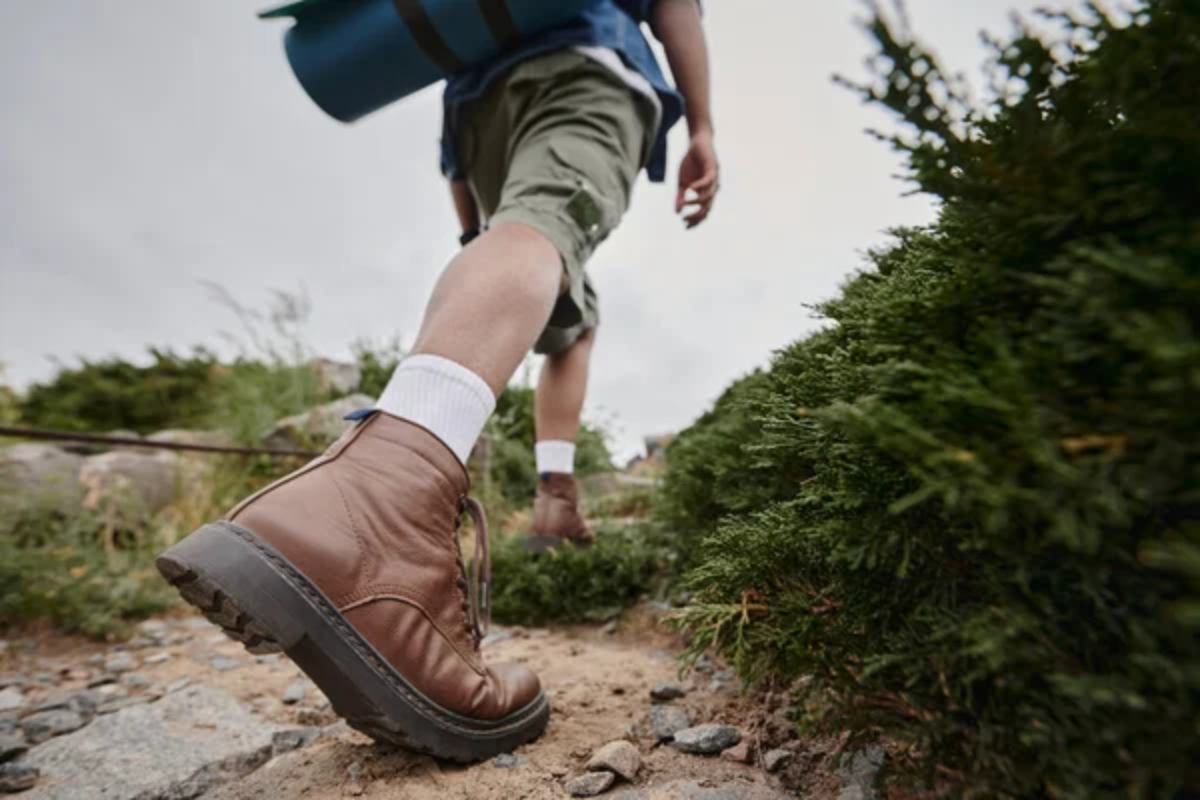
The most experienced single-pair travelers specifically choose footwear with modular construction, allowing component replacement rather than complete shoe replacement. Some outdoor brands now offer field-replaceable outsoles attached with accessible screw systems rather than permanent adhesives.
This advanced approach allows travelers to carry ultralight replacement components addressing the most common failure points without rebuilding entire footwear systems. Though representing a somewhat specialized strategy, this approach has gained popularity among year-round travelers committed to extreme minimalism.
Implement Rest Day Rotation
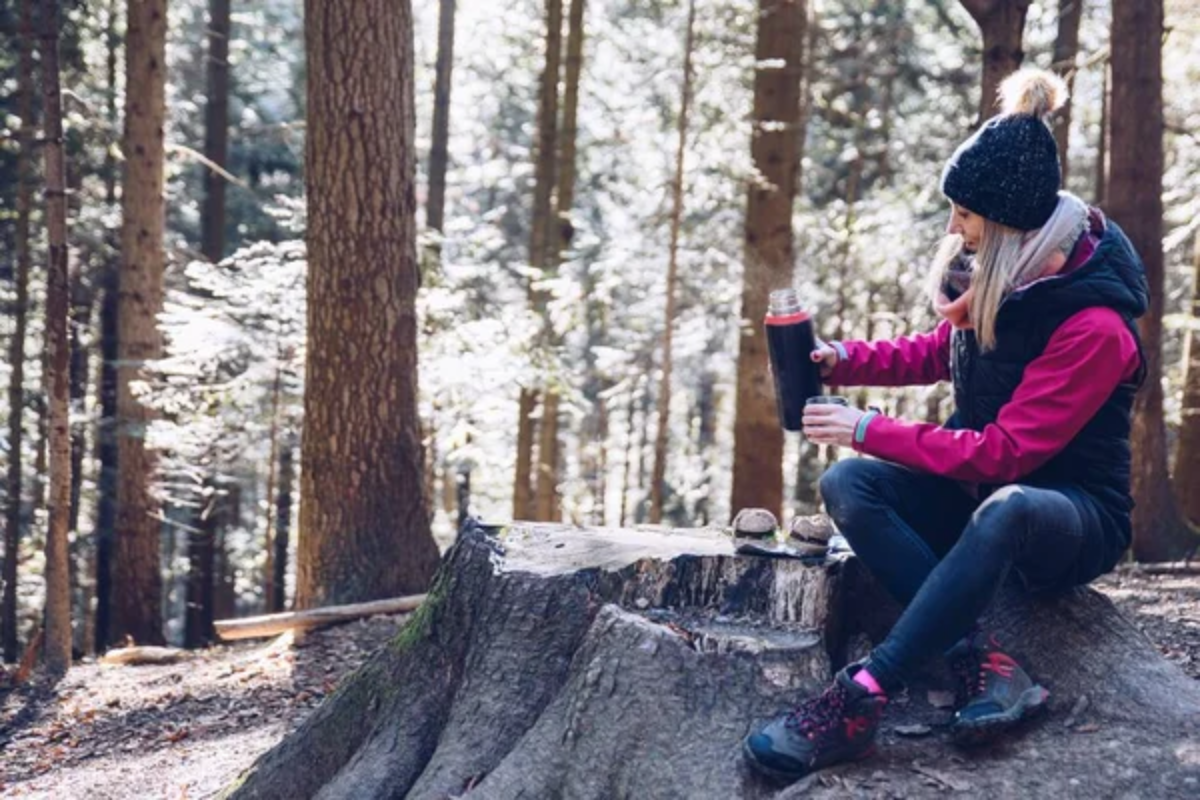
Even dedicated single-pair travelers benefit from occasional complete drying days when traveling through particularly humid regions. During these strategic rest days, shower sandals handle necessary movement, while primary footwear receives thorough cleaning and complete drying away from body heat.
This practice, ideally implemented weekly, resets accumulated moisture and extends functional lifespan dramatically. Experienced travelers specifically schedule accommodation with suitable drying facilities at these intervals when planning extended humid-region itineraries.
Like Travel Pug’s content? Follow us on MSN.
Prioritize Washability Over Premium Materials
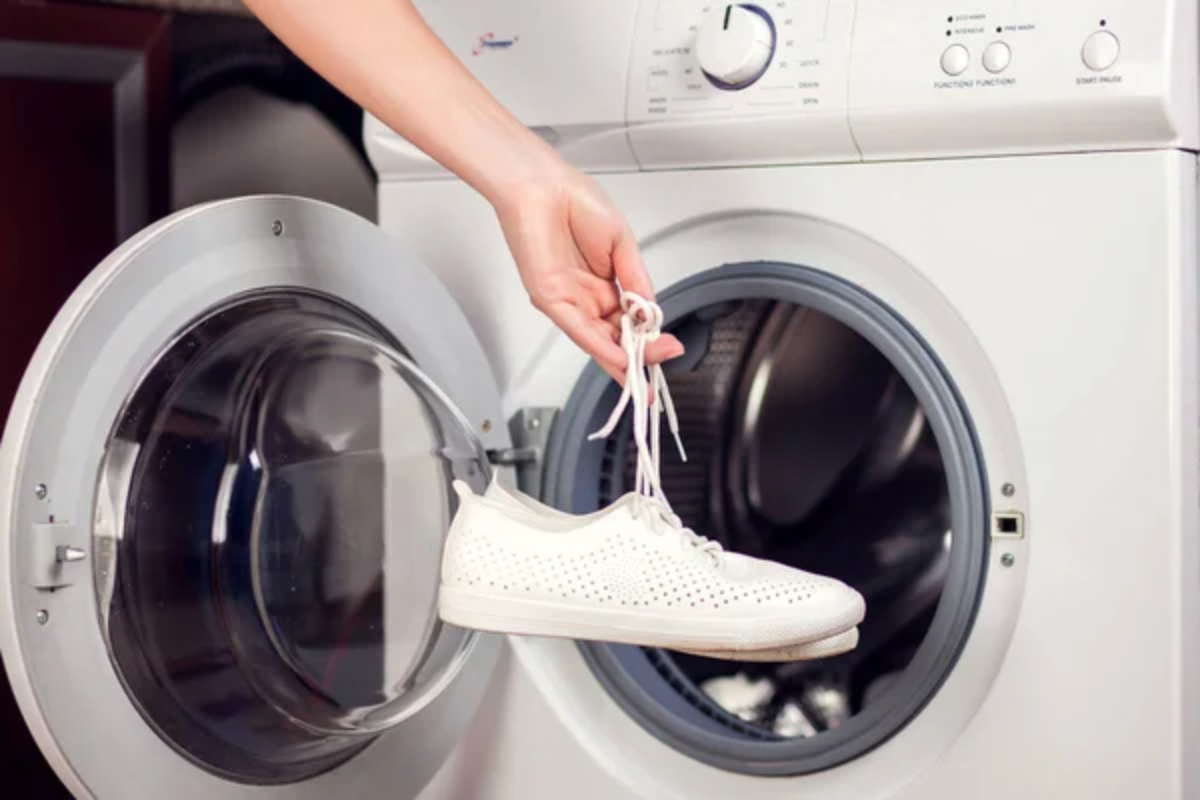
The most practical travel footwear allows complete machine washing rather than requiring specialized cleaning techniques. Shoes constructed from quick-drying synthetic mesh with minimal leather or suede components can be laundered in standard washing machines available in accommodations worldwide.
This approach sacrifices some traditional aesthetic appeal but provides practical maintenance options unavailable with more fashion-focused choices. The ability to completely refresh footwear monthly during laundromat visits creates sustainable long-term wear impossible with materials requiring professional care.
The Single-Pair Philosophy
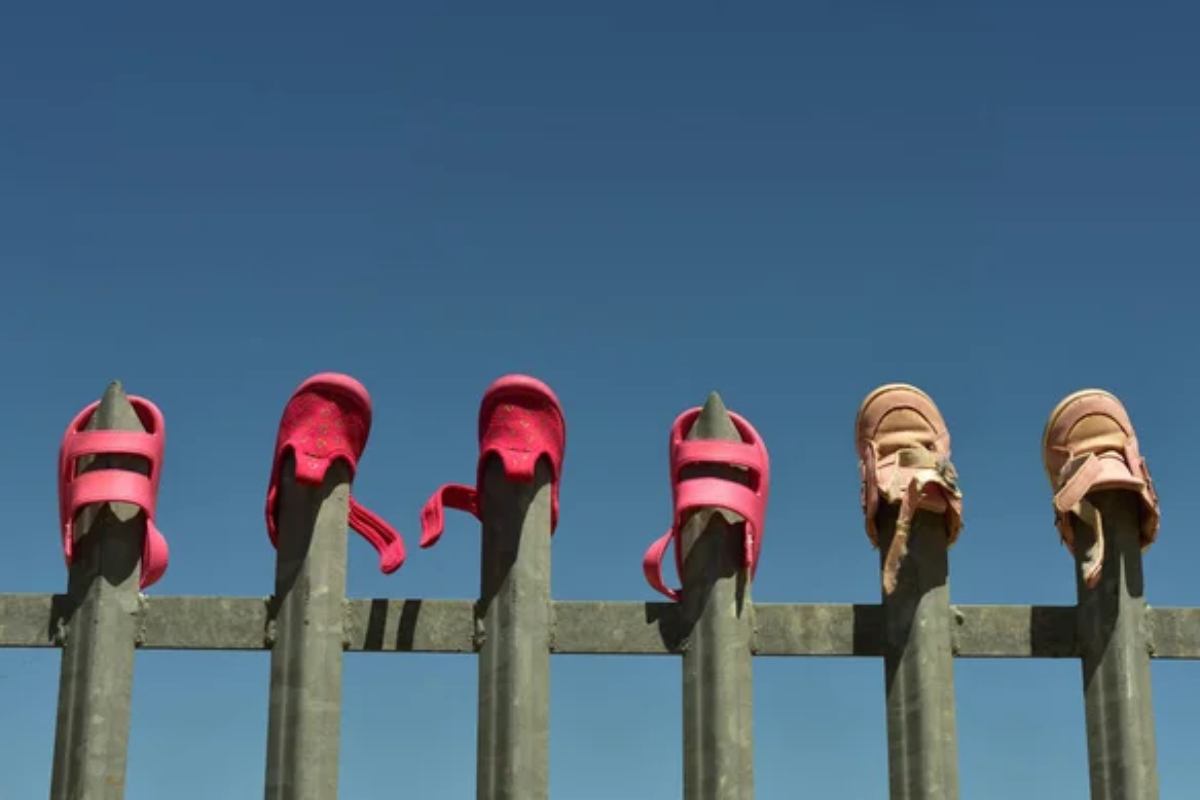
The most profound benefit of the one-pair approach extends beyond practical packing advantages into philosophical territory. Travelers committed to this strategy develop a deeper appreciation for multifunctional design while freeing themselves from consumerist pressures to own situation-specific possessions.
The discipline creates not only lighter backpacks but lighter relationships with material goods generally. As travelers prove to themselves that a single, well-chosen pair can handle everything from mountain passes to museum galleries, they often discover this minimalist ethos extending into other aspects of both travel and everyday life.
More from Travel Pug

- 20 Towns Built for One Purpose That Were Later Abandoned
- 15 Hidden Spots in Disney World’s Magic Kingdom Most Visitors Miss
- 20 Once-Popular Beach Towns That Are Now Ghostly Empty
- 15 Canyons in the U.S. That Are Just as Stunning as the Grand Canyon
- 10 Under-the-Radar Mountain Towns That Are Both Affordable and Beautiful
Like Travel Pug’s content? Follow us on MSN.
